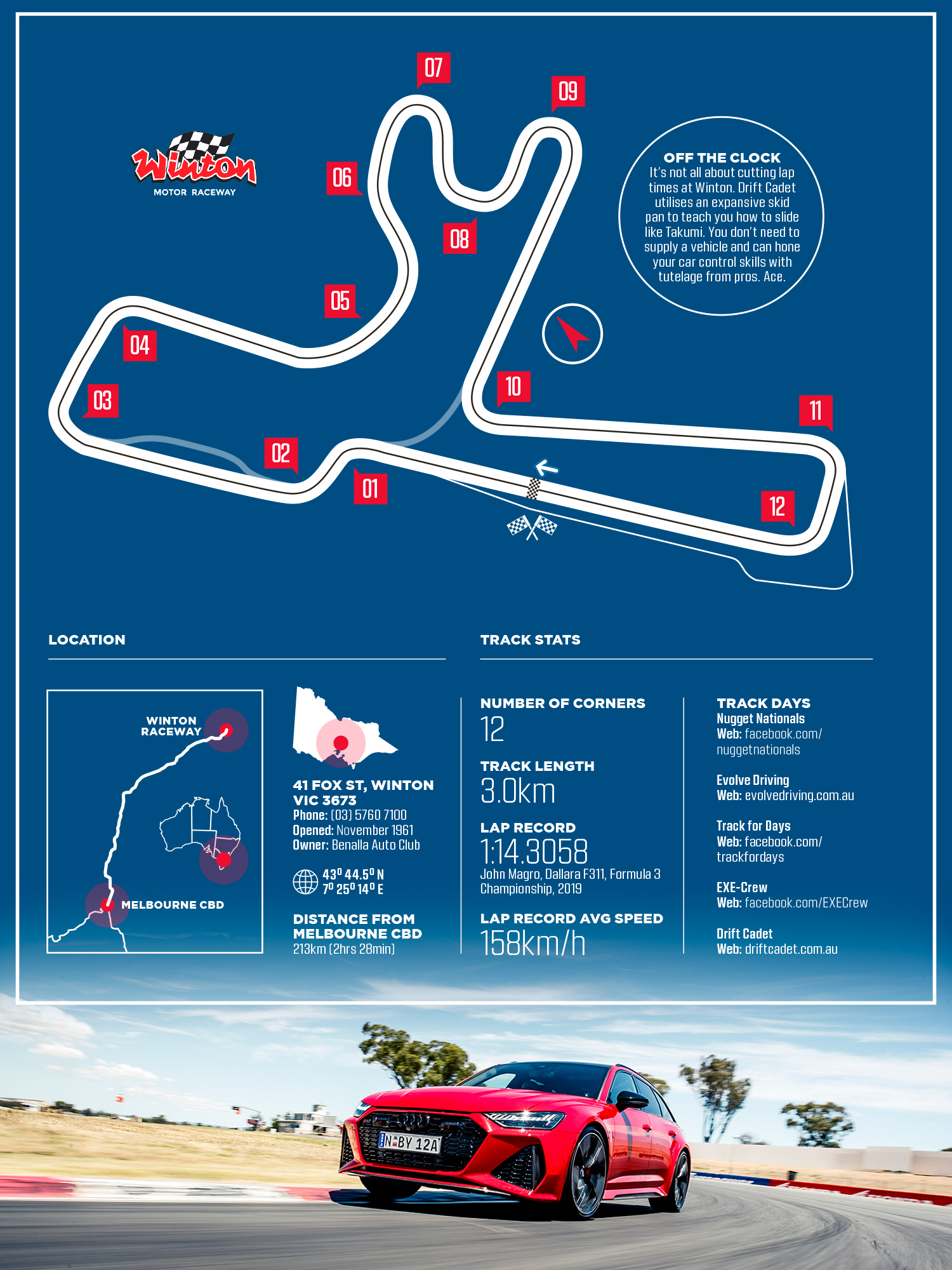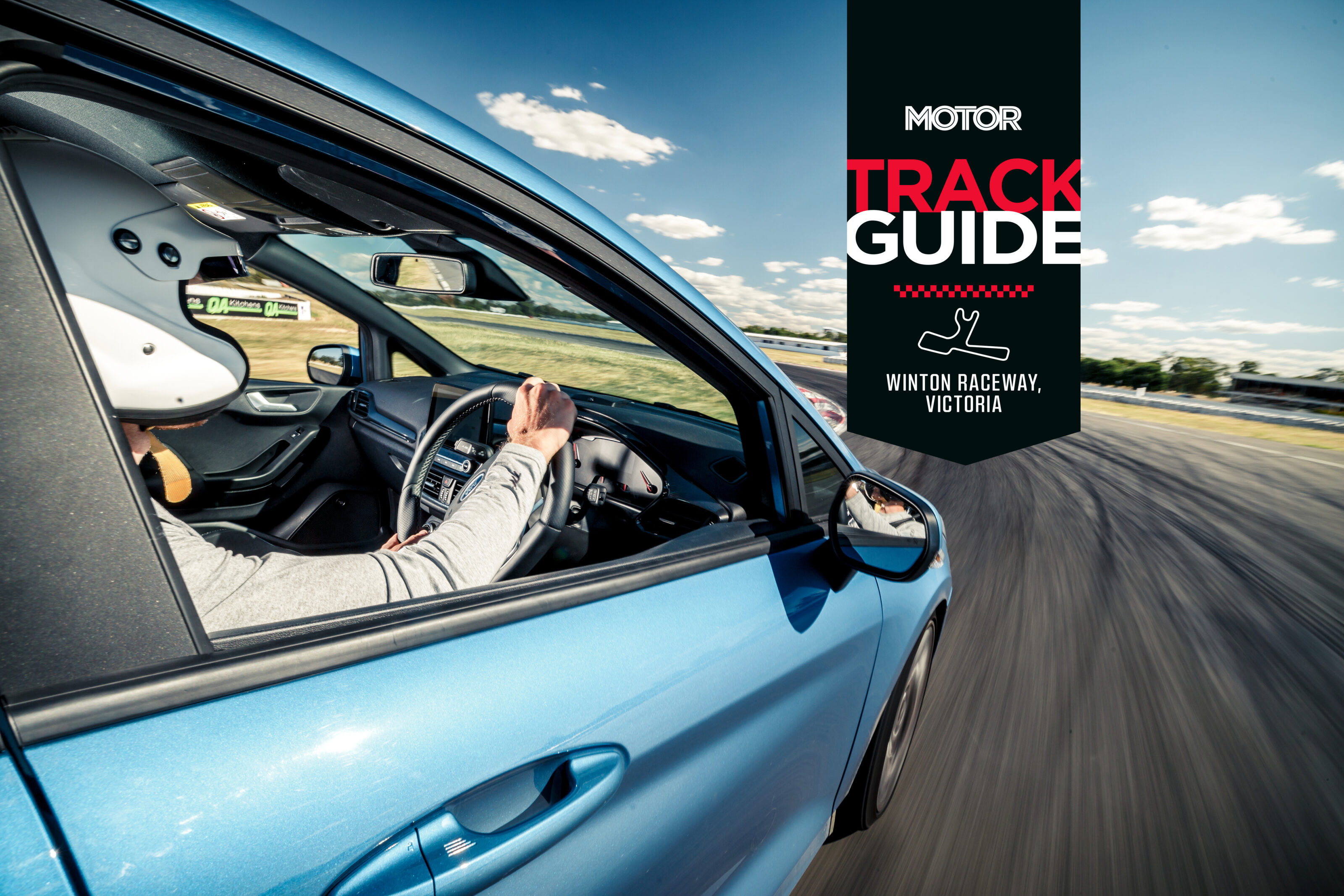“Winton? It’s like running a marathon around your clothesline”. It’s a slapstick one-liner from the infamously unfiltered Dick Johnson to Channel Seven’s Mike Raymond in 1990. But back in those days, when Dick was piloting a fire-breathing Ford Sierra around the 2.03km layout, it was apt.
Yet, the track nestled in bushranger territory between the Victorian towns of Glenrowan and Benalla isn’t a backyard job. From the founding of the Benalla Auto Club in 1957 to the public approval of a circuit to be built on the Winton Recreation Reserve three years later, there’s lots of history. Racing has been constant since the first meeting in November 1961.
That means it’s time to celebrate its 60th anniversary. It’s a venue that has seen the likes of James Hunt compete as well as providing Peter Brock, Alan Jones and Allan Moffat their first races. The track and facilities have received various updates, too, the most significant being the $1.1m addition in 1997 to create the 3.0km National Circuit we have today.

Winton presents a great example of how a track can remain modern and profitable. The Benalla Auto Club doesn’t solely rely on big events with Winton Raceway often booked out with a huge variety of grassroots categories.
According to MOTOR’s resident gun driver, Warren Luff, it’s an often misunderstood and underestimated technical challenge. So, we dipped into his wealth of experience and asked him to uncover what it takes to make the most out of Winton Raceway.
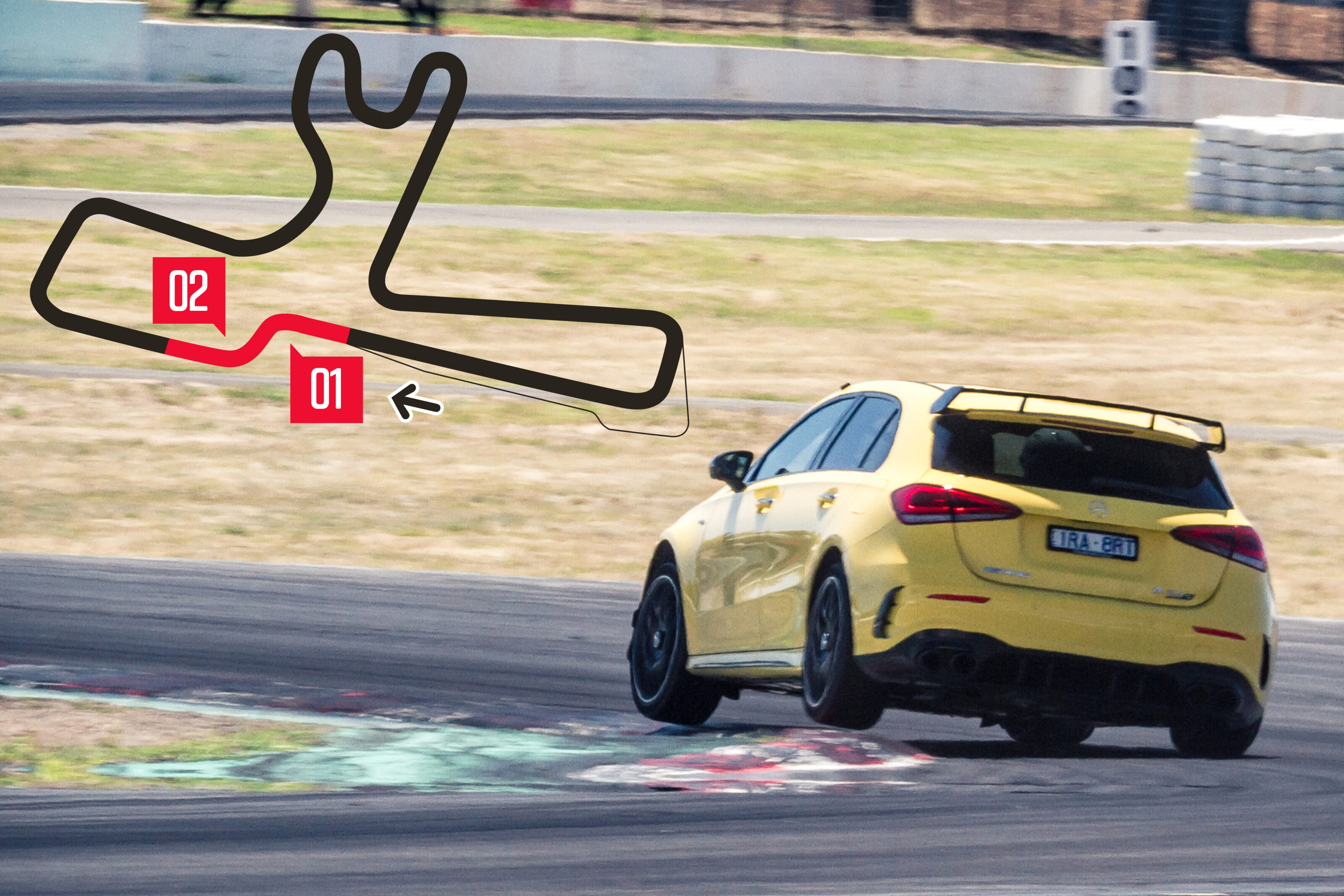
Section one: The Esses
Turn One
Where the old circuit comes in on the right tends to be near the start of the braking area for most cars. The car does get a little light here under brakes so it’s easy to out-brake yourself. While you might not always run off the track, it does tend to run you into Turn One a little bit hot, which can then impact you through Turn Two and the run up to Turn Three. The important thing through The Esses is to not overcommit on the entry into the section and to be able to keep the car in tight to the first apex so that it helps open up Turn Two.
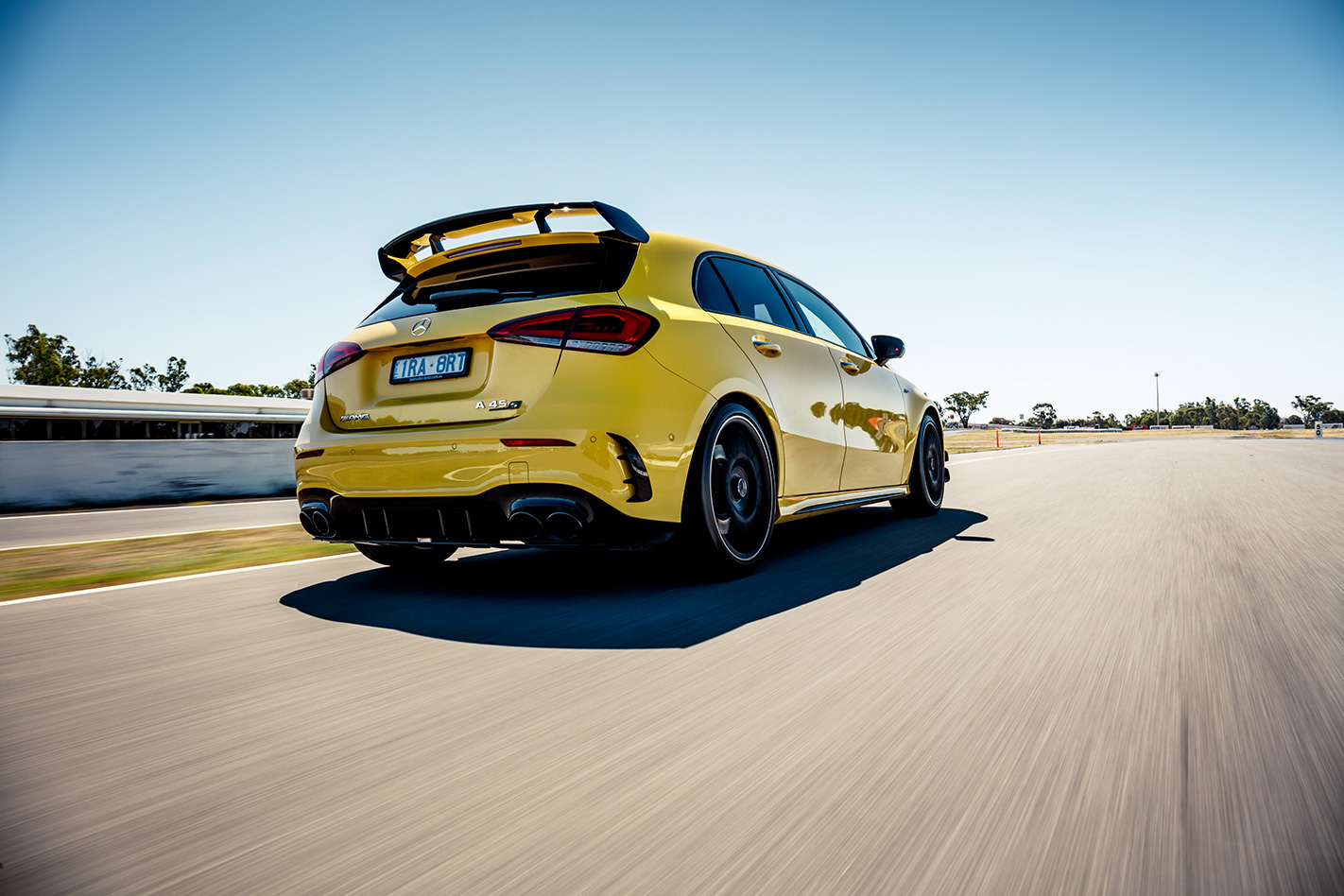
Turn Two
Get Turn One right and you can carry more speed through Turn Two with most time to be gained at the mid-to-exit part of the complex so you can carry speed up to Turn Three. You can gain or lose a lot in the short run up to Three purely by how you tackle the exit. There is a lot of road on the outside of Turn Two to be able to run wide. There are obviously the big kerbs on the outside there so depending on what sort of car you’re in, that will determine whether you can chase it all the way out wide and use the exit kerb or not.
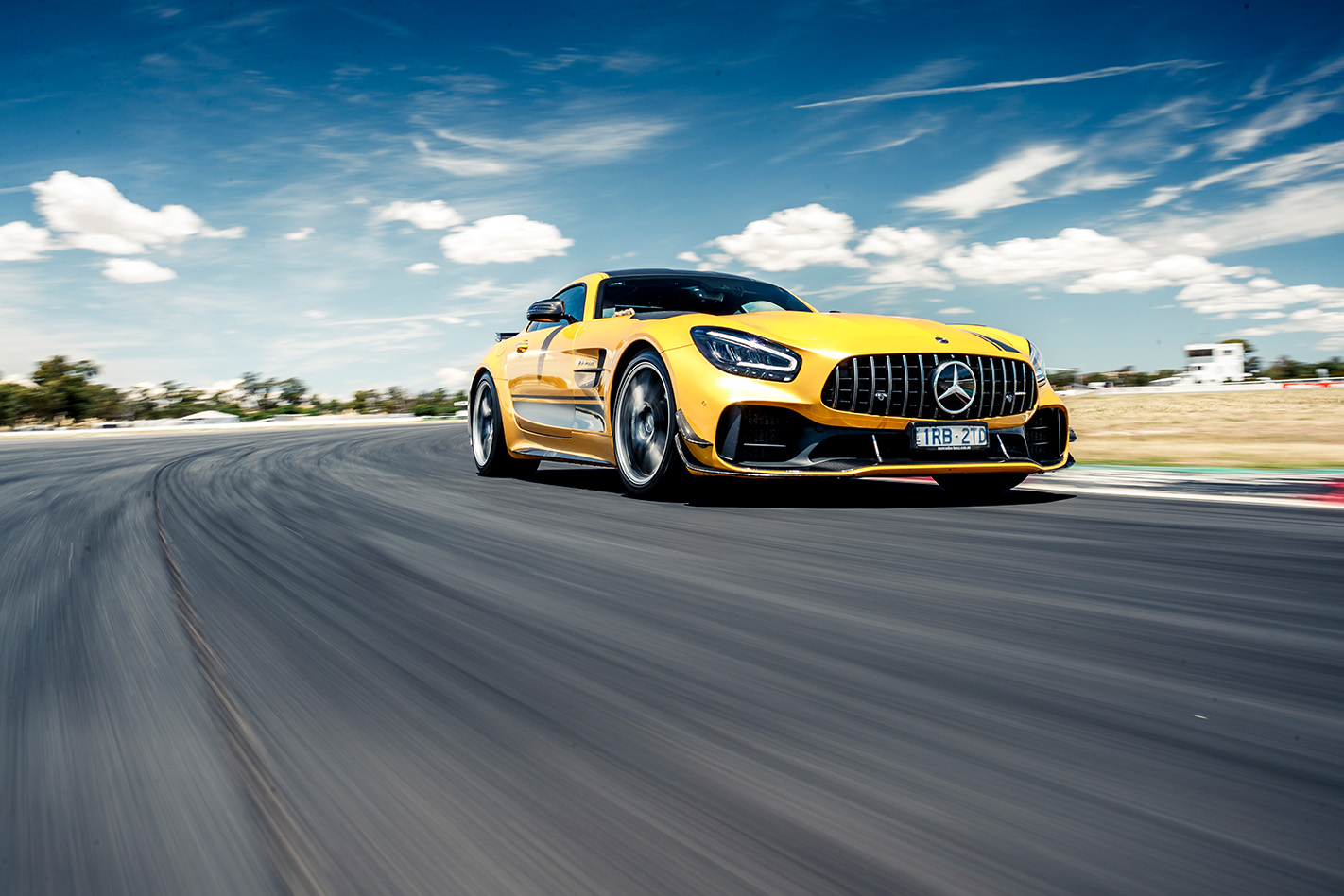
MOTOR tip
Pit exit flows you out onto the inside of Turn One. Keep your head on a swivel and make sure not to park on the apex as others come in hot and fast. The wall at the exit of Turn Two is the closest you’ll get all lap to concrete. The barrier gets closer to the track at exit, so remember the basics and don’t fixate … or else.
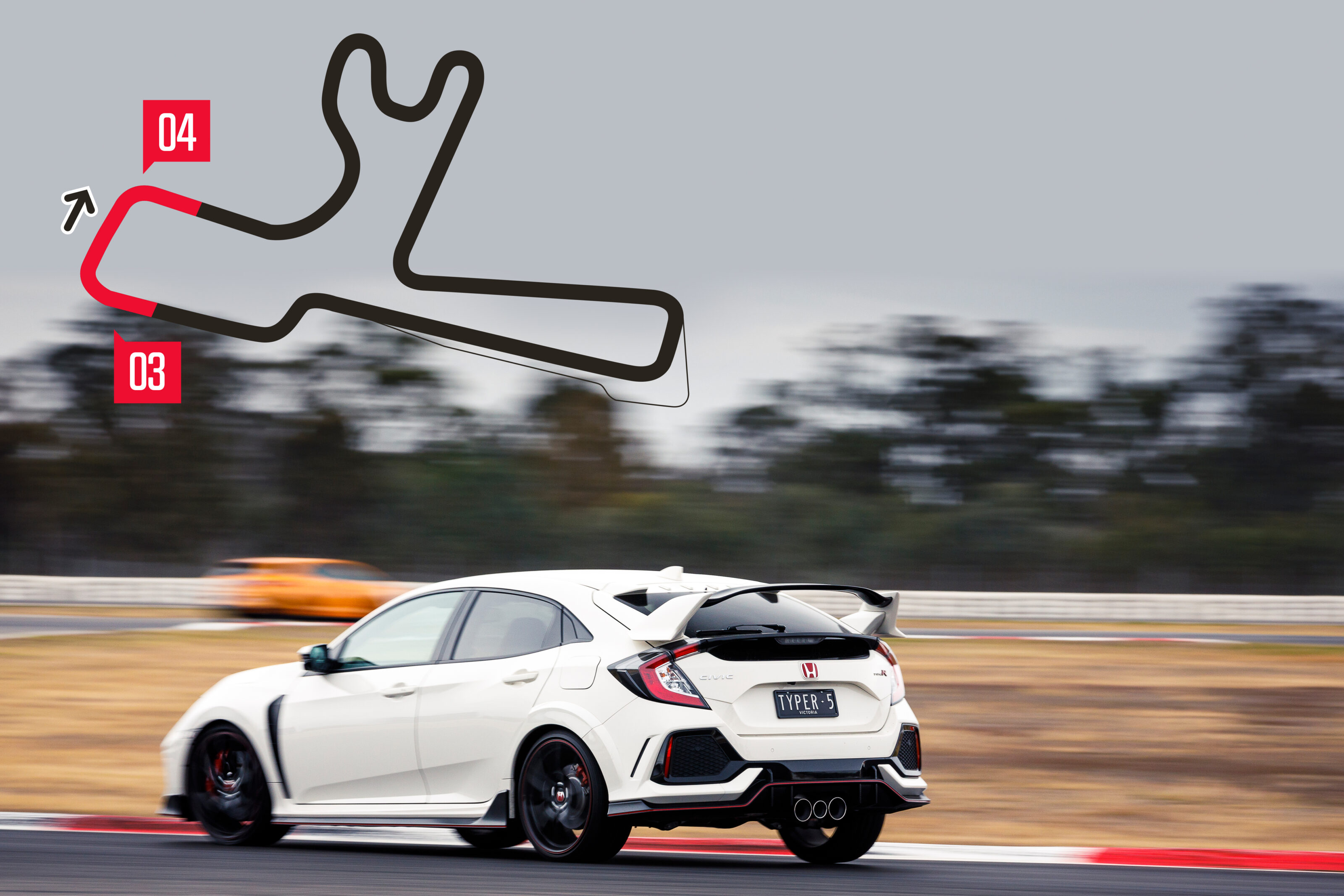
Section two: The Back End
Turn Three
Turn Three and Four have recently been reprofiled with wider, more forgiving exits. You’ll nail this if you are able to flow the car smoothly without scrubbing off speed. Turn Three can be a little bit tricky because from the point where you start to clear the brake to the apex, the track actually drops away by about a metre to a metre and a half. It’s easy to end up with a lot of understeer if you don’t carry the brake in enough. You’ve got to try and trail the brake in a bit to keep the weight on the nose to avoid mid-corner push and then get back on the power as soon as you can.
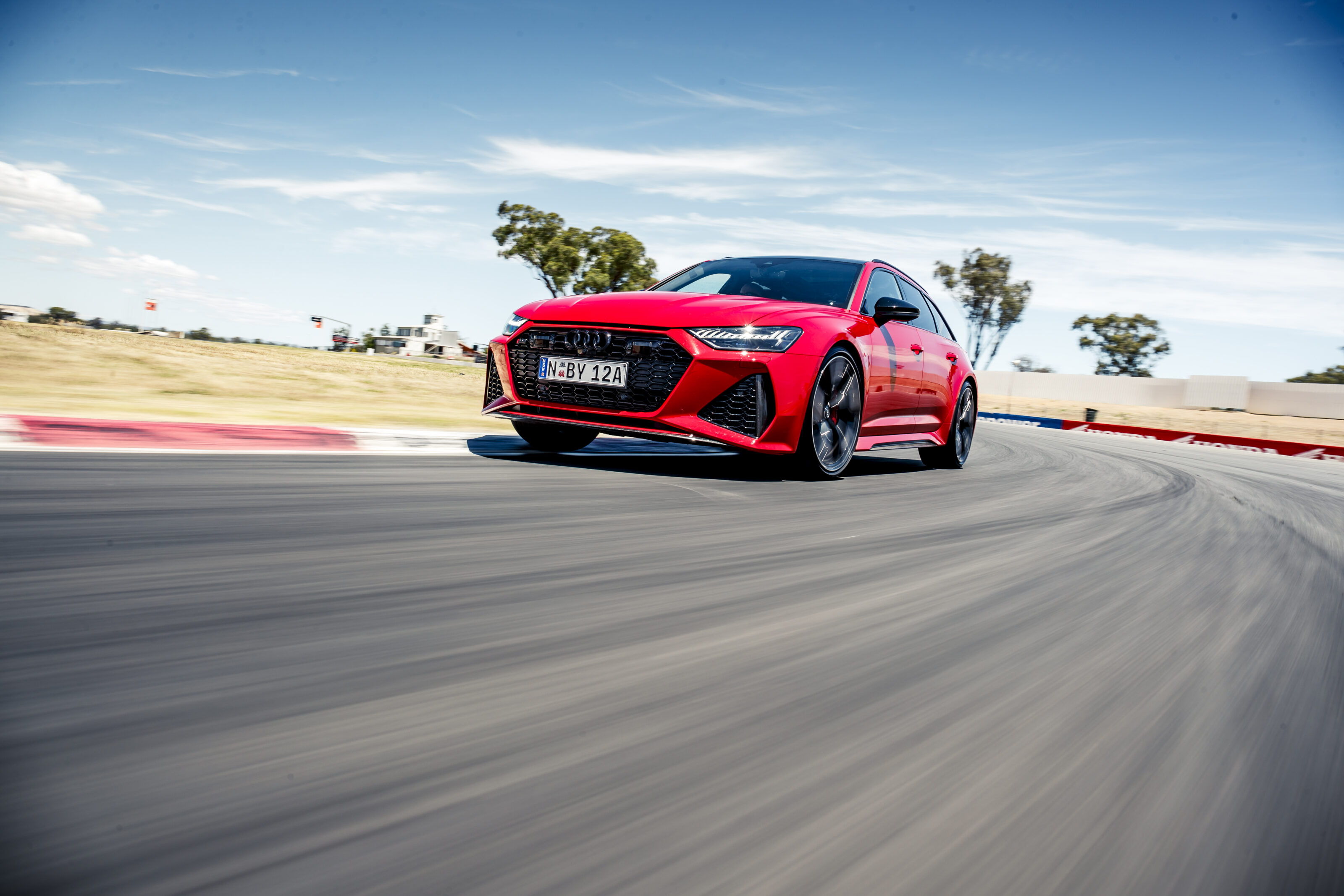
Turn Four
With the reprofiling it’s all about trying to carry as much speed through Turn Four toward Turn Five as you can. When you get it right, Turn Four is literally just a very small touch of the brake. You’ve got a lot of inside kerb to use because it’s very flat – even though it’s got the saw-tooth characteristic to it you can still use all of it. Basically, you’re aiming for the dirt on the inside and then use every bit of that kerb before chasing the car out wide to help maximise mid-corner speed. Other kerbs will hurt you, not this one.
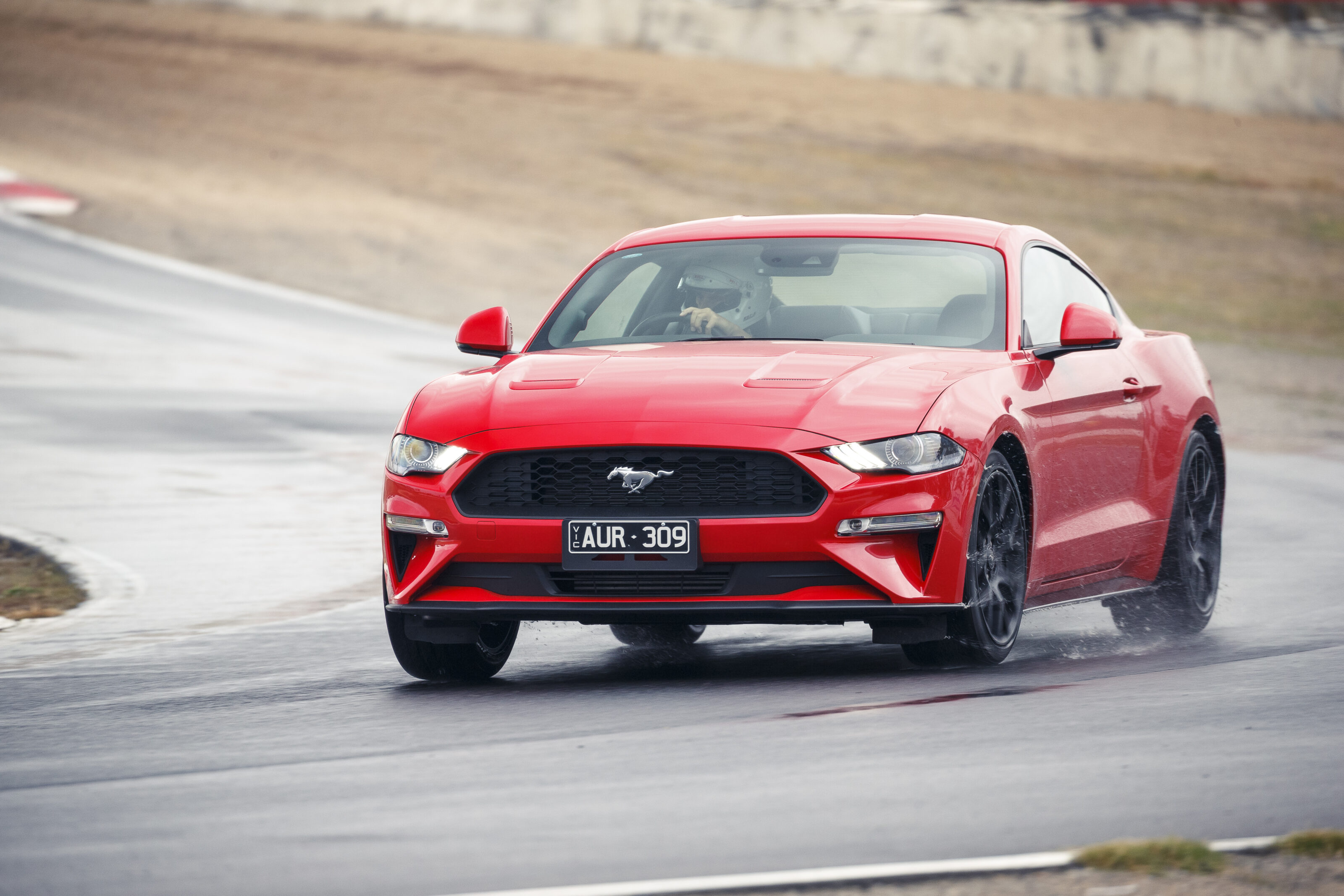
MOTOR tip
Whether you are in a sub-200kW hatch, or a 400kW track weapon, Winton is all about maintaining momentum. The straights are short, but you’ll gain more time by being careful with Turn Three than you will by going too hot into the entry. Get your exits right and the time will come to you.
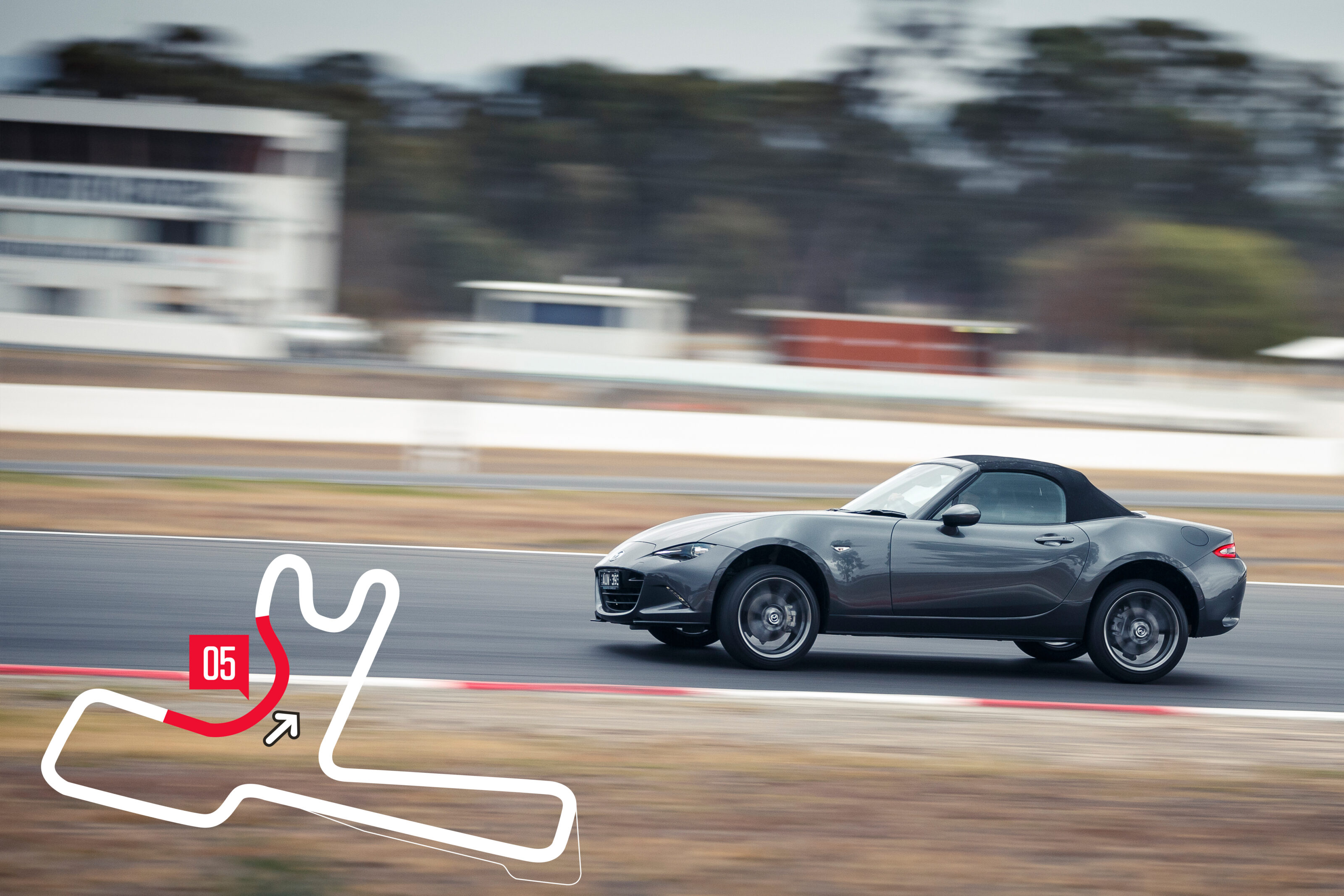
Section three: The Sweeper
Turns Five and Six
Turn Five is a tricky one because it is quite a fast approach. It’s a double apex whereby you can brake on the way into the apex. It’s all about trying to carry corner speed. Because you’re braking on the way in, especially in a front-wheel-drive car, it can be quite easy to lose the rear axle on entry. Try to manage the balance of the car on the way in so that you’re carrying the brake enough to keep the nose in and get front-end grip without losing the tail-end. It really is quite easy to lose the rear of the car here and go off in the mid-section of the corner.
But don’t let that put you off. When you do get it all right it’s a great corner. After the fast entry, carry the brake and let the car wash out a little, so you end up nice and high at the mid-point of the corner and then you can start to come back in for the second apex which is all about giving you the run up to Turn Seven. You really want to stay off the kerbs on the inside of the second apex because they are quite aggressive. If you start bouncing off them here it massively unsettles the balance of the car which causes you to lose road speed.
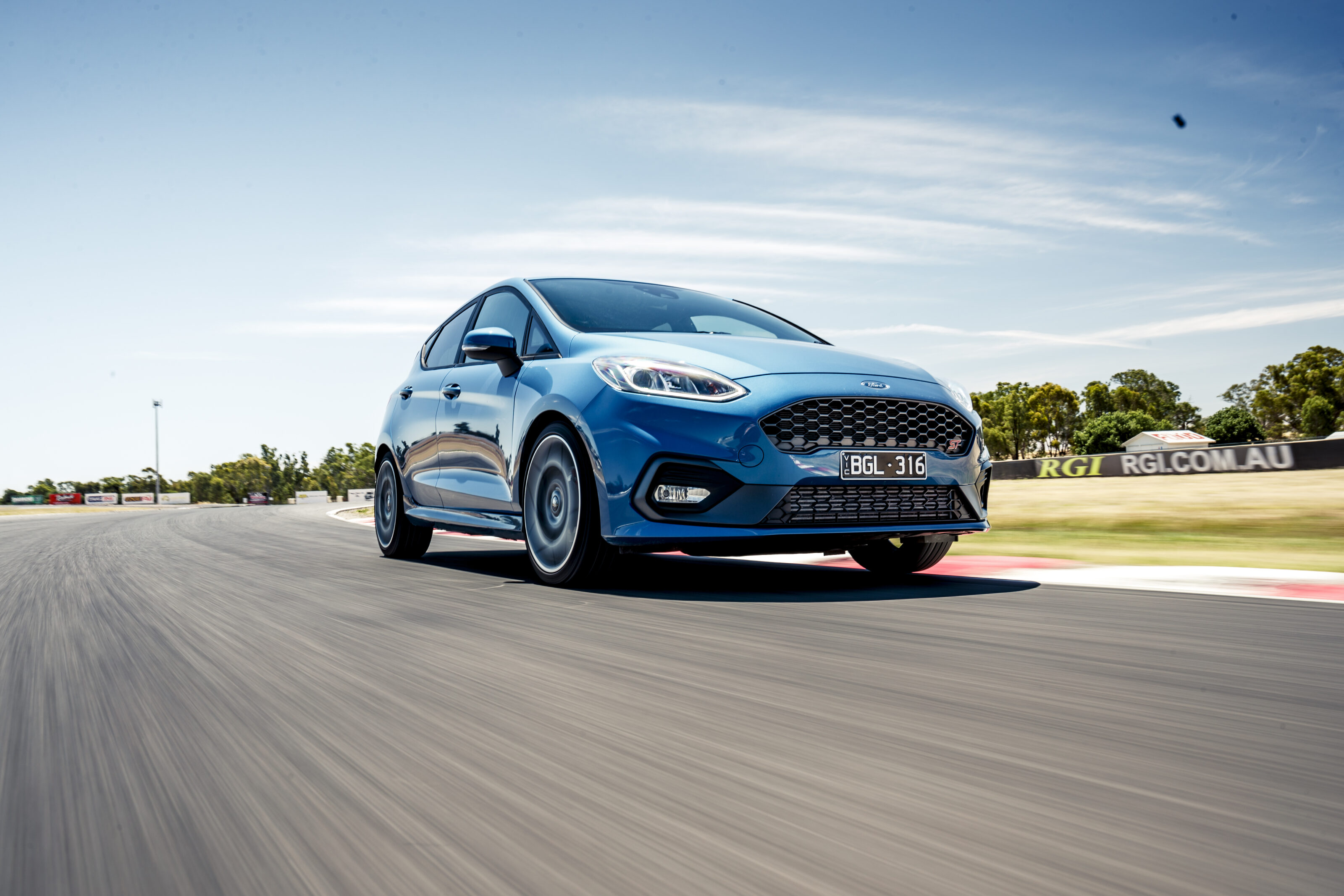
MOTOR TIP
Pay particular attention to tyre temperatures and track conditions at Turn Five, The Sweeper. This is the greatest commitment corner on the circuit. There’s plenty of run-off, but go full attack on your first flyer and you’ll easily find yourself in the weeds. More than any other, this is the corner you need to build up to at Winton.
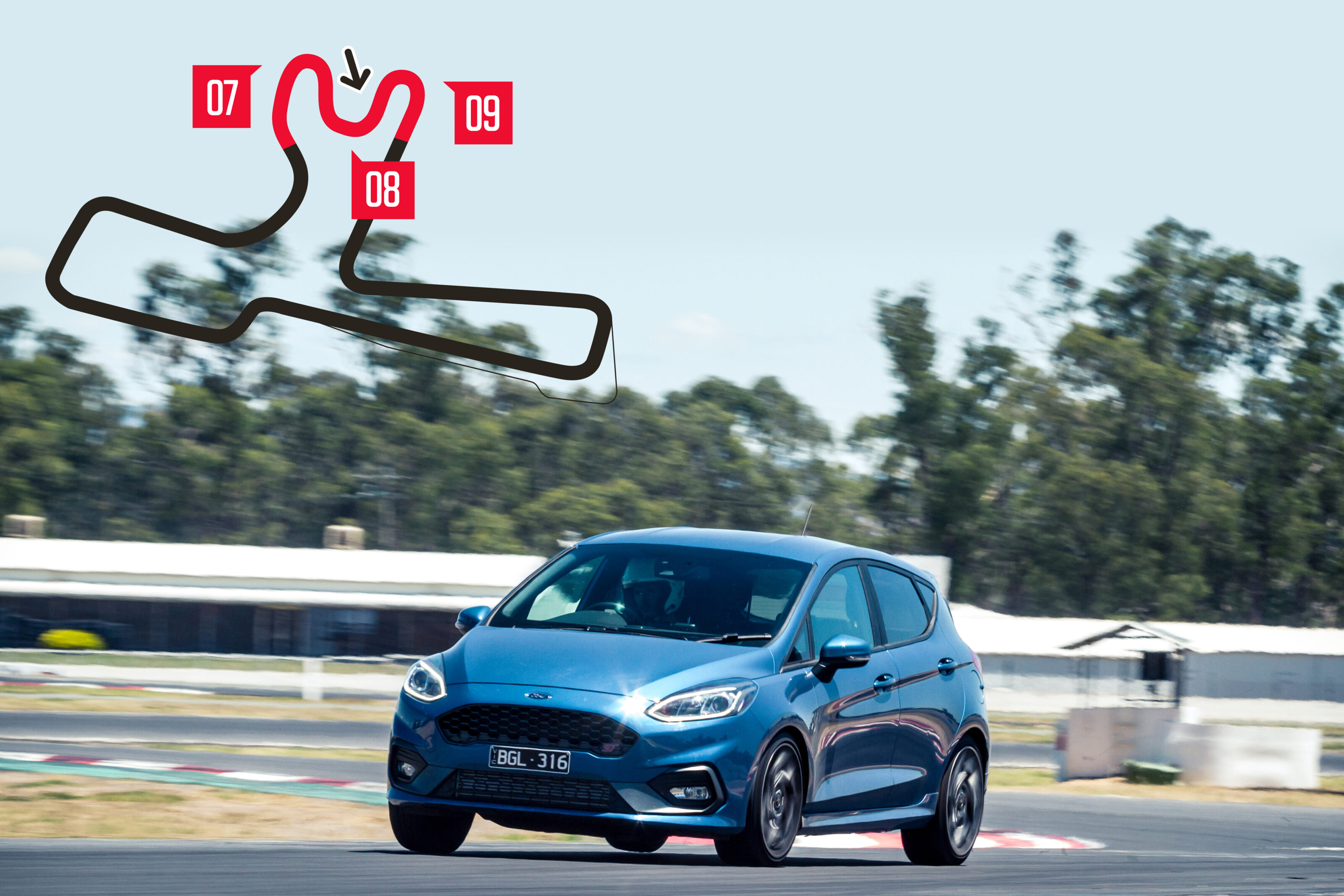
Section four: The Boobs
Turns Six and Seven
Come out of The Sweeper and change direction through Turn Six. It really isn’t much of a corner, but positioning on the track is very important as it’s all about trying to square the car up and get it to brake in a straight line for the entry into Turn Seven. That’s because the car is going to do its best braking with the weight distributed evenly on the front axle, so you gain great retardation. Throughout the entire Turn Seven, Eight and Nine complex trailing the brake is vital to help with vehicle rotation. They’re all relatively slow-speed corners with Seven and Nine being the slowest of this particular section.
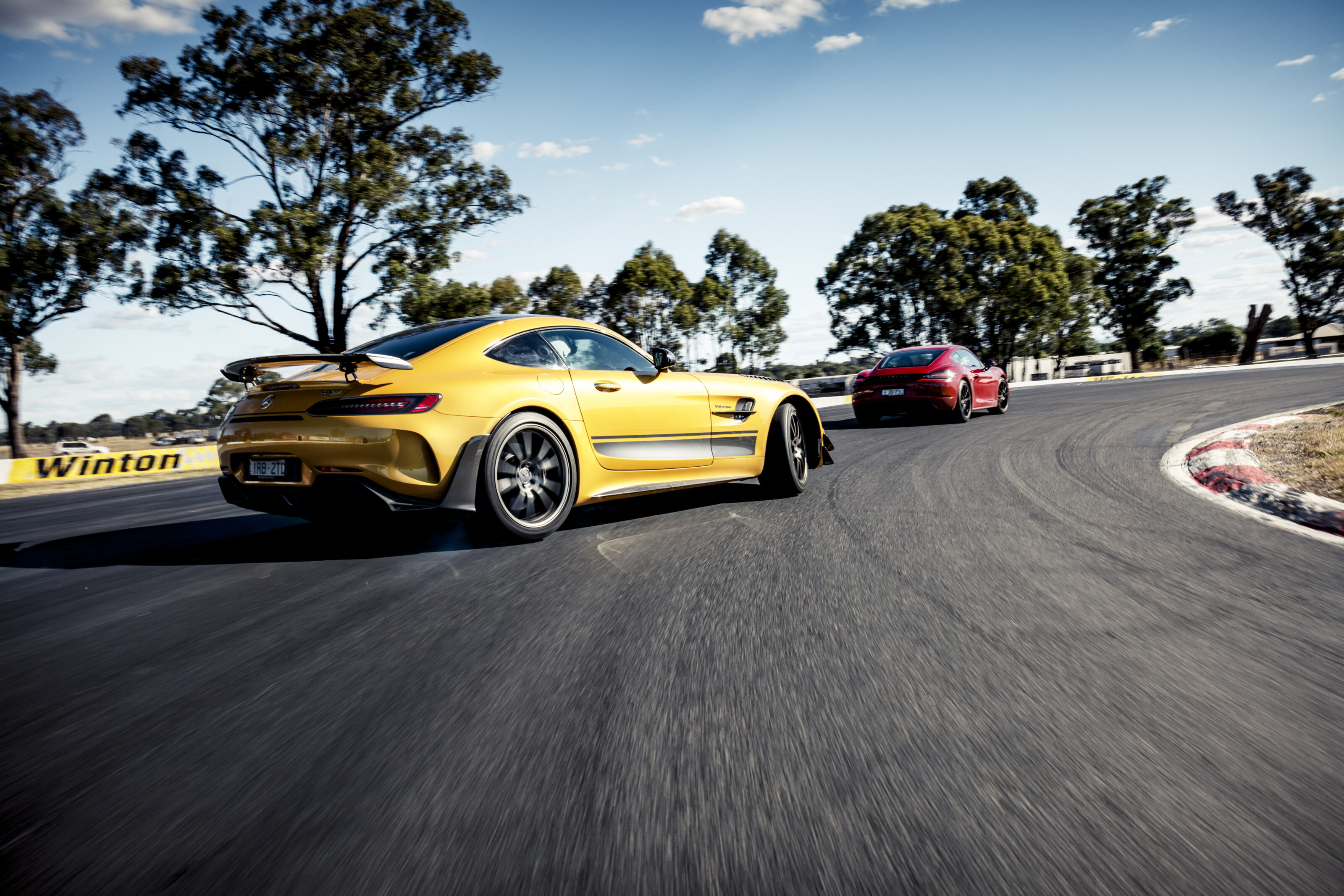
Turns Eight and Nine
You’ll need to carry more speed through Turn Eight as you come down and around the tree. When you are trail braking it is a balancing act of not washing too much speed off to keep the nose of the car loaded for turn so you can get back to the throttle as soon as possible. Turn Nine is one of the slowest corners on the track but it has a straight after it. Clearing the brake, rotating, and accelerating out positively is critical to ensure you get a run down what is called ‘The Old Back Straight’ and into Turn 10.
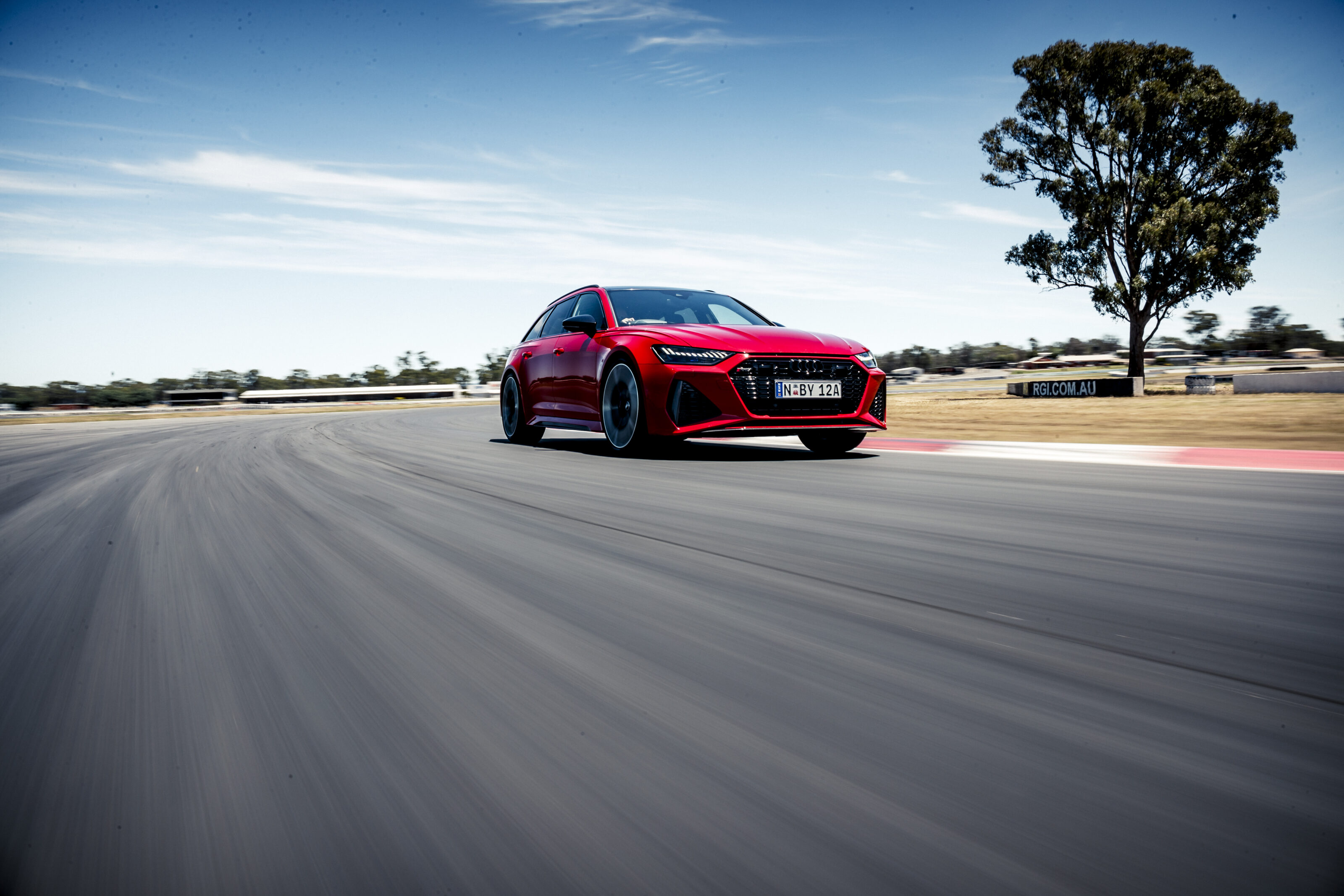
MOTOR tip
You’ll still want to carefully manage weight transfer through the right-left-right complex. Get aggressive with either the steering or the accelerator and brake and it’ll get your car off balance. Practice being consistent with your lines, opening the radius of each corner to increase the amount of speed you can carry.
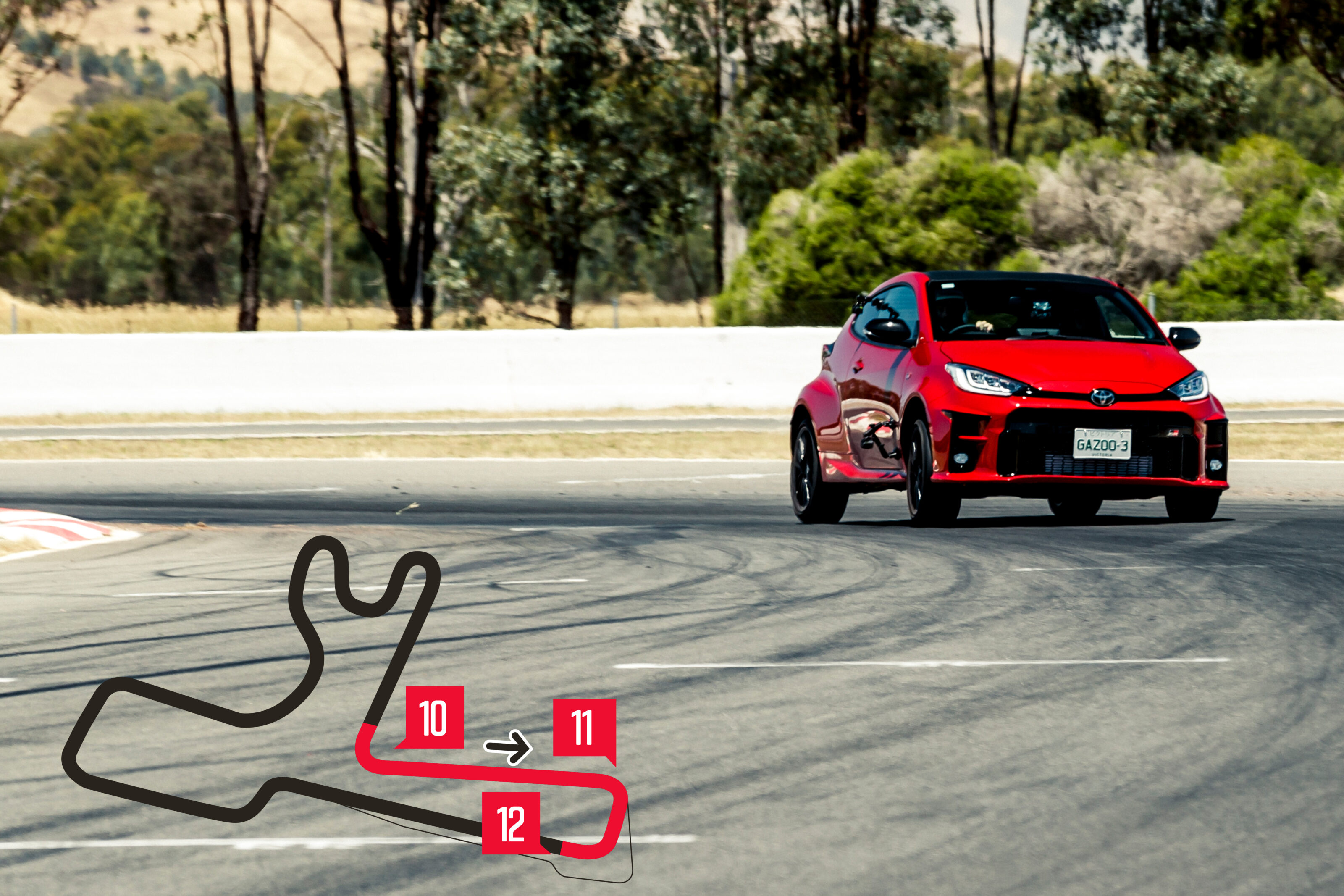
Section five: The Run Home
Turn 10
Turn 10 is a relatively simple corner in that it is basically a 90-degree bend. That doesn’t mean it should be underestimated. There’s a lot of time to be made up under braking on the way in, and with the run from Nine it’s key to pick your braking marker and get on the anchors hard. But you really need to be careful it doesn’t sacrifice the exit, so you don’t need to run too deep with the middle pedal.

Turns 11 and 12
The entry to 11 is critical. It appears to be another simple 90-degree turn, but the thing that makes it difficult is making sure you slow things down enough on the entry as it’s actually quite bumpy under brakes – providing quite the challenge. It’s really easy to come in too hot and push wide at the exit and run over the pit entry lane. This has the flow-on effect of compromising your line into and out of Turn 12, which will hurt lap times significantly. Stay off the inside kerb at both 11 and 12. Braking, rotation, and power down while running to the outside of the track at 12 is imperative for your run down the front straight. The earlier you can get to full throttle the quicker you are down the front straight to generate good times.
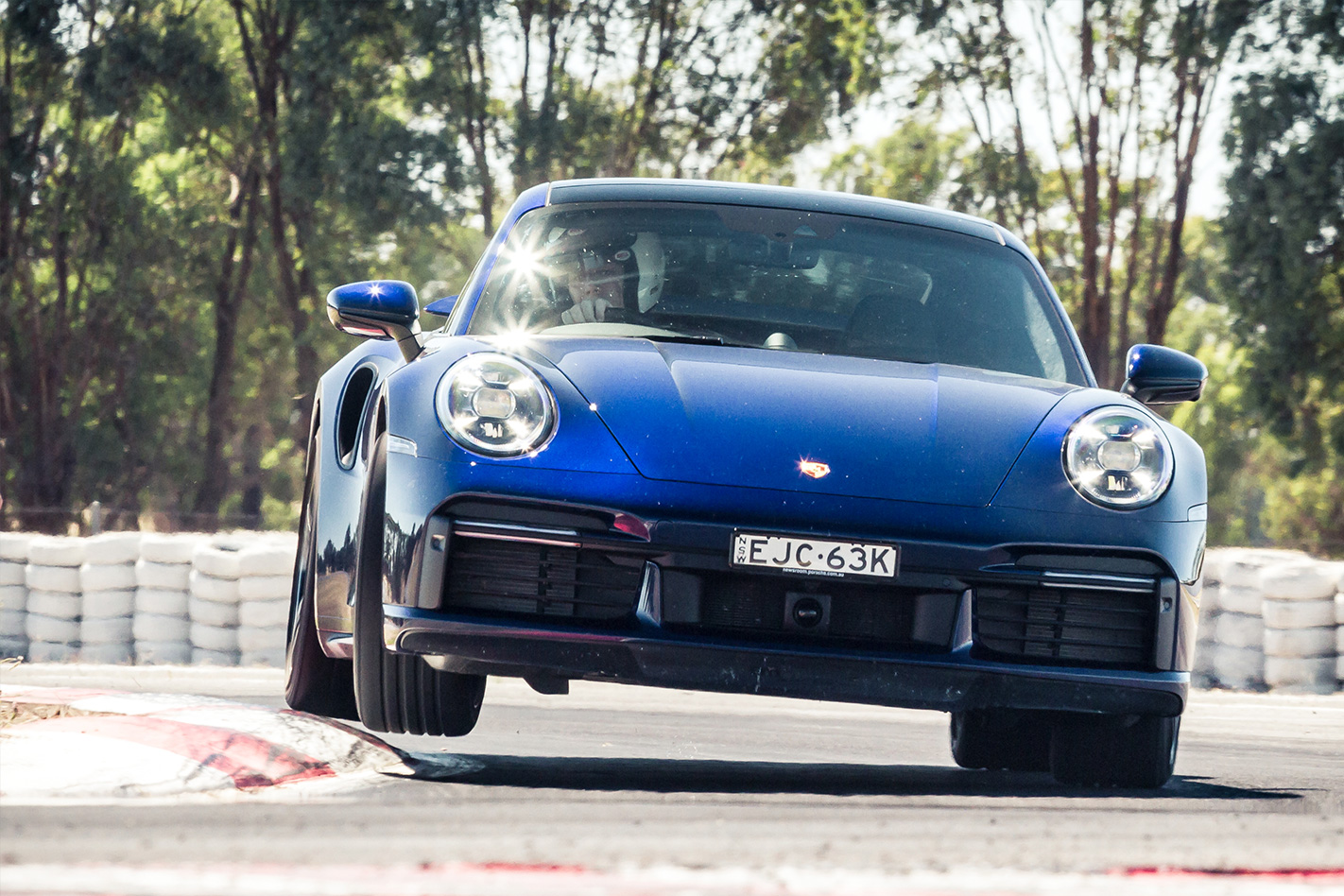
MOTOR tip
The kerbs at Turn 10 are a hidden secret to nailing the last portion of the lap. You can be aggressive with the exit, taking as much as you dare. However, the inside kerb should be avoided, as all it tends to do is bounce the car and extends the time it takes for it to settle before you can get back on the accelerator.
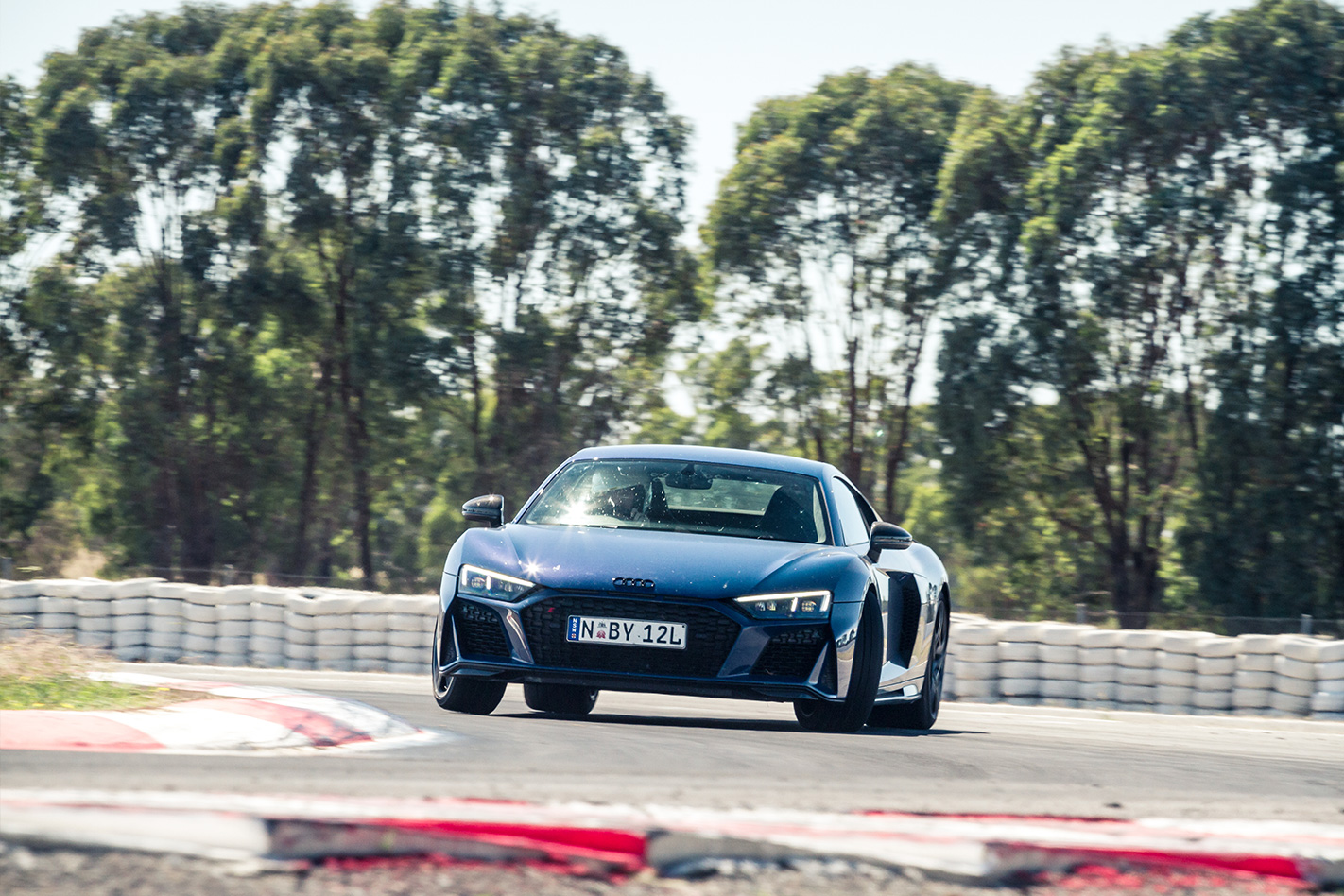
Head in the clouds, tyres on the tarmac
Before you go bragging to your mates, it’s good to know if you’ve done well
Due to its compact and relatively flat design, there isn’t really a bad spot to watch on-track action at Winton. The turn one-two chicane, and the inside of turn 10 are likely to see the most action. You can camp at major events like Supercars for the most authentic race experience.
When taking your own car to the track, it’s important to build your pace progressively toward a sensible goal. The fastest supercars will be doing well to lap below the 1:30 bracket, while most sportscars should be dipping well under 1:40 at their fastest. Front-drive hot hatches can be proud of a lap less than 1:50, with all-wheel drive monsters like the A45 S harassing sports cars. The short straights mean you’ll most likely need a three-digit kilowatt figure starting with four to crack 200km/h before turn one. For the curious, the Supercars lap record is a brisk 1:19.7.
If you can’t get to the track in person, or want to get some virtual practice in, Winton has been laser scanned and will be added to sim-racing service iRacing in 2022.
Off the clock
It’s not all about cutting lap times at Winton. Drift Cadet utilises an expansive skid pan to teach you how to slide like Takumi. You don’t need to supply a vehicle and can hone your car control skills with tutelage from pros. Ace.
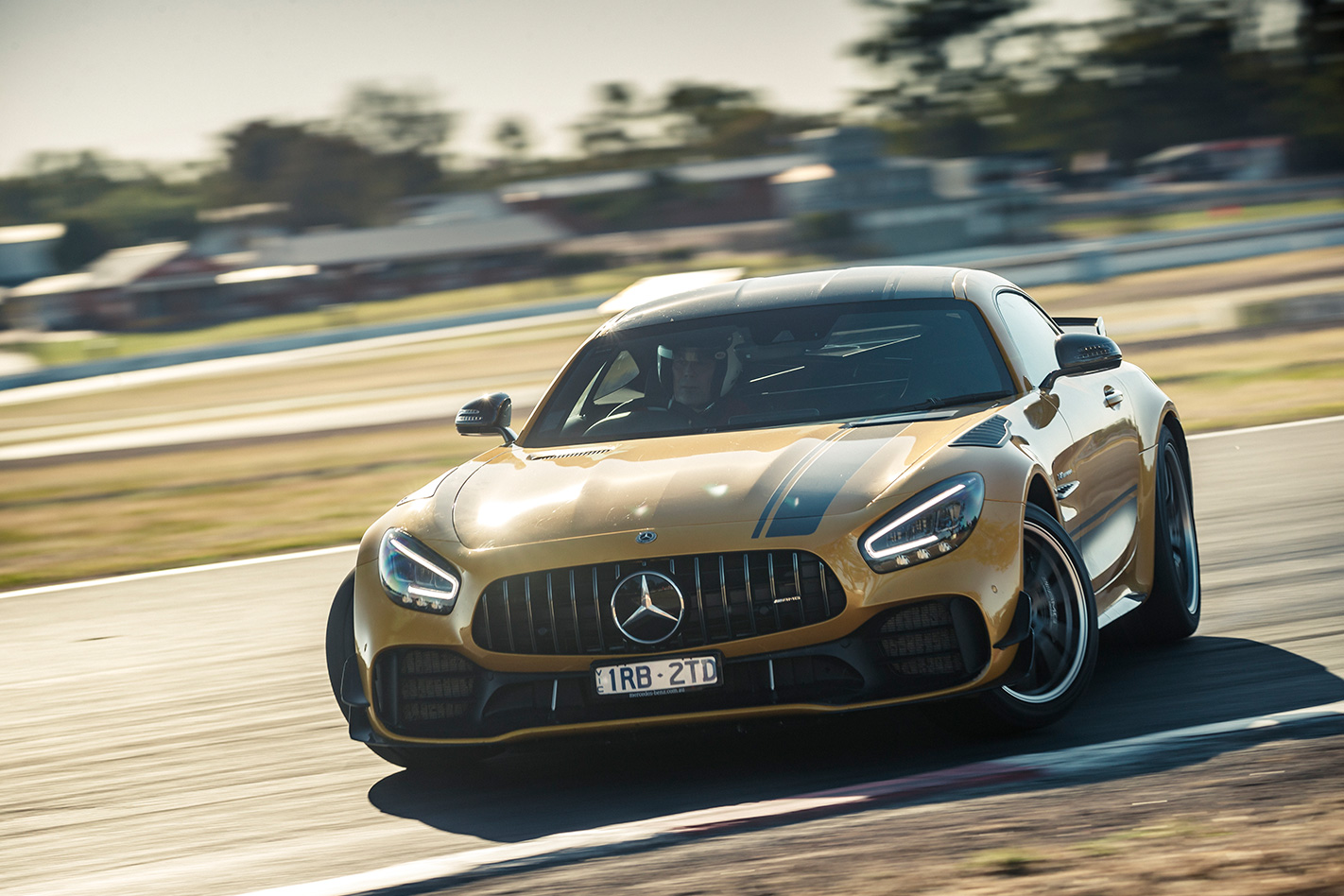
Who runs track days at Winton Raceway?
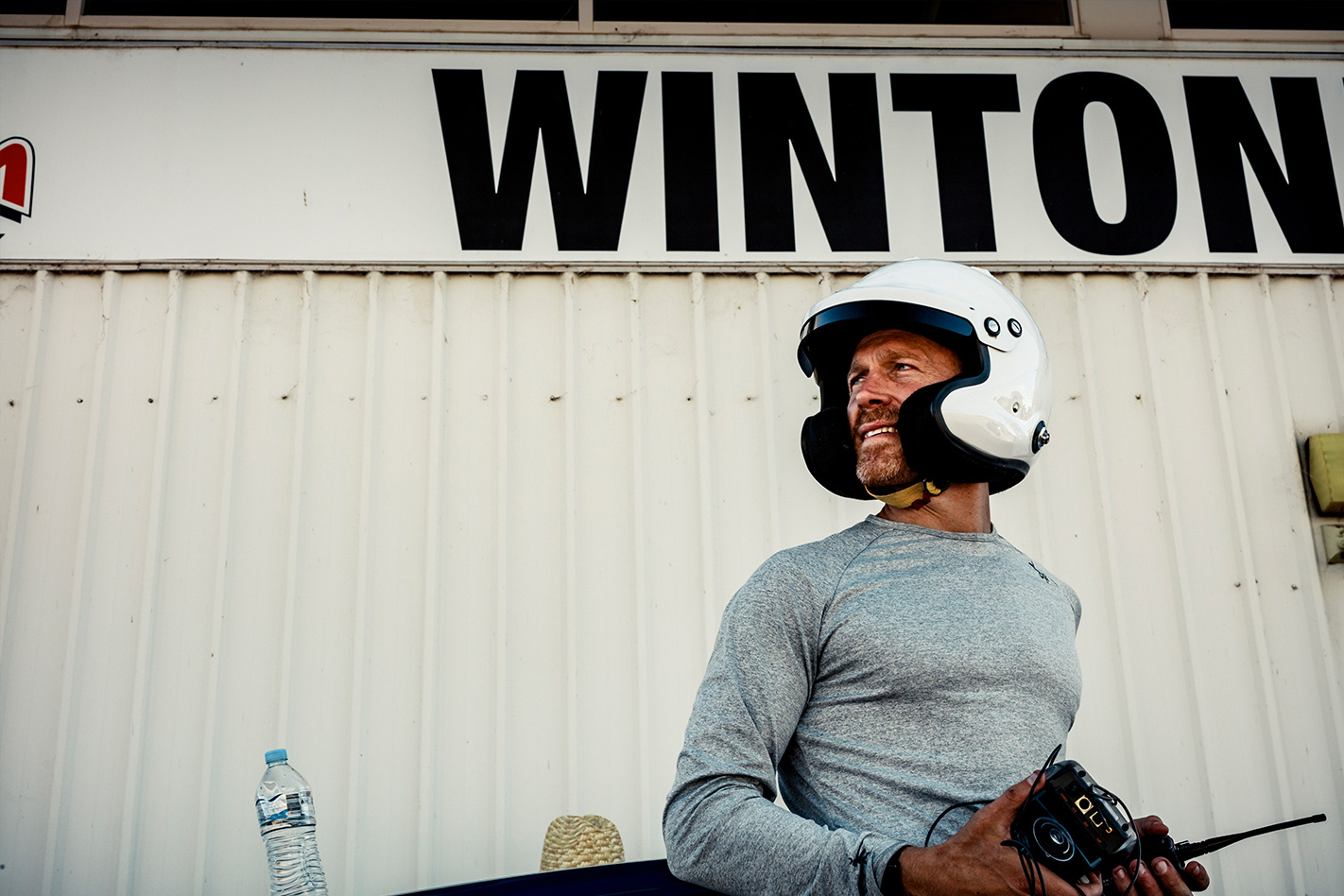
Winton Raceway key info
| Number of corners: | 12 |
|---|---|
| Track length: | 3.0km |
| Lap record: | 1:14.3058 u2013 John Magro, Dallara F311, Formula 3 Championship, 2019 |
| Lap record average speed: | 158km/h |
| Address: | 41 Fox St, Winton VIC 3673 |
| Phone: | (03) 5760 7100 |
| Opened: | November 1961 |
| Owner: | Benalla Auto Club |
| Distance from Melbourne CBD: | 213km (2hrs 28min) |
